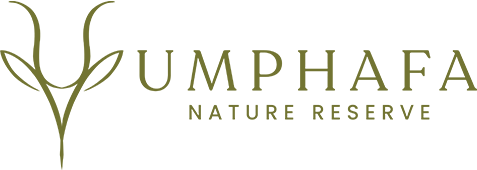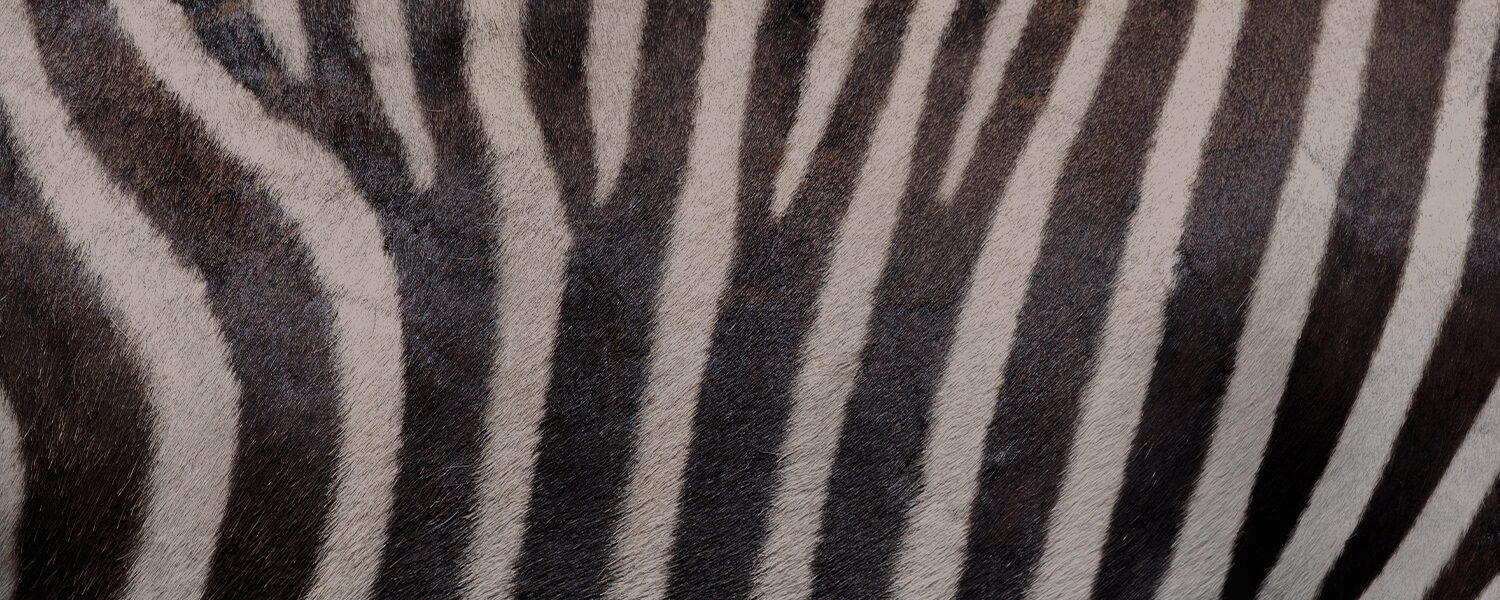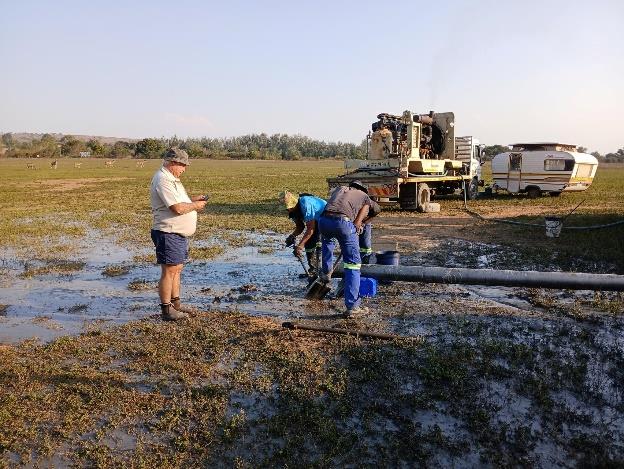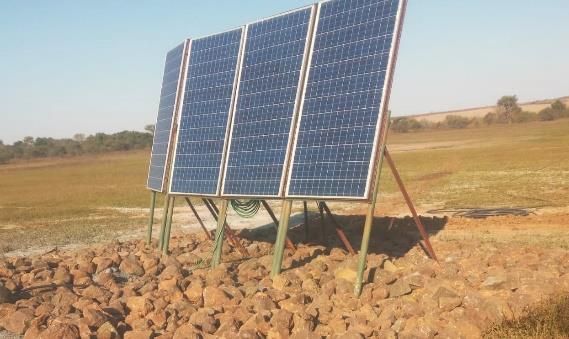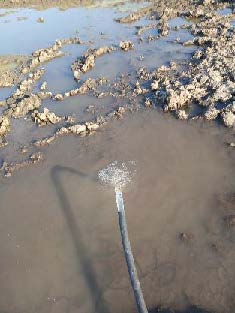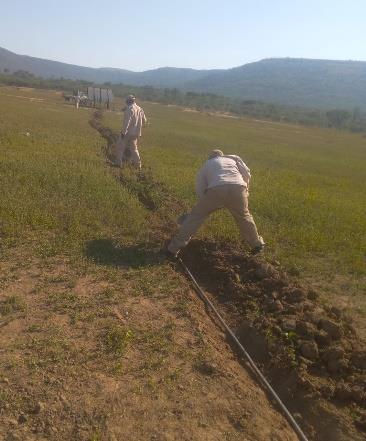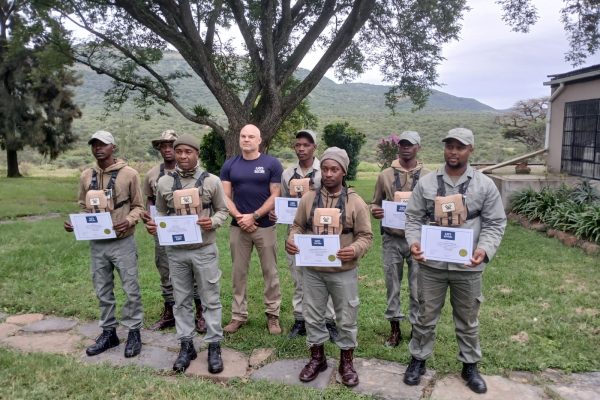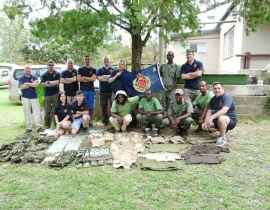Posted June 5, 2024 in All
Water is a precious resource that we cannot live without however, on the UmPhafa Nature Reserve access to water is not as simple as turning on a tap! To increase the amount of water available on UmPhafa, the team took the decision to drill additional boreholes on the reserve which will help with water supply well into the future.
Even though there is a river that runs along the UmPhafa boundary line, this water is not available for consumption as it contains chemicals and pollutants from agriculture as well as water borne diseases. In the past, staff have been able to rely on two strong boreholes on the reserve, however the water in these holes is gradually diminishing which meant that other options needed to be explored.
Specialist were brought onto the reserve to search for this precious resource using a ground penetration radar (similar to an echo transmitter) which displays ground density, allowing the team to build a picture of what’s below the ground and hopefully find water!
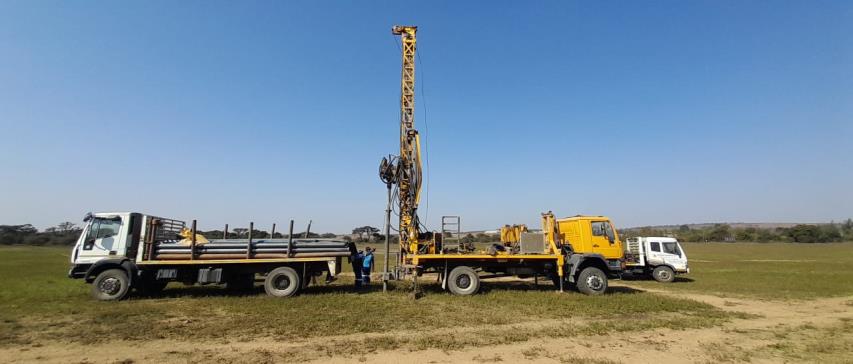
Once the search was complete, the team picked the sites that would hopefully give them the best available water resource. After the sites were chosen, it was time to bring in the drillers.
The first borehole was drilled on the Ryefield, the location of our wetlands area, and after drilling 84 metres the team were ‘dancing in the rain’. The first hole was a success, filling a 20L bucket in just 4 seconds. The output will be continually measured to ensure that the pumping of this borehole will last for many years to come.
The second borehole was not as successful but at 102 metres, struck lucky, and whilst the second borehole is not as strong as the first, it is still good enough to manage it for many years to come.
As part of the drilling process every metre a sample is taken of the geology. It also allows us to keep a record of how far the pump has gone down!
Once the boreholes were drilled, they were then closed with piping to prevent any animals getting their legs stuck until pumps and solar panels can be installed.
A week later the solar panels and frames located by the River Tugela were moved to the borehole at Ryefield and cemented into place. After reconnecting all the panels, the team ran a quick test with the newly refurbished pump, then tidied up the area and packed rock around the solar panels to make sure that no animals could rub themselves against these expensive panels. The next job is to dig channels for the pipe and then bury them before finally connecting all pipes. Two new pipes will be connected to each dam on the Ryefield which, over time, will meet in the middle and create a Wetlands area. We are also connecting a third pipe from which water so that it can be used for domestic use.
